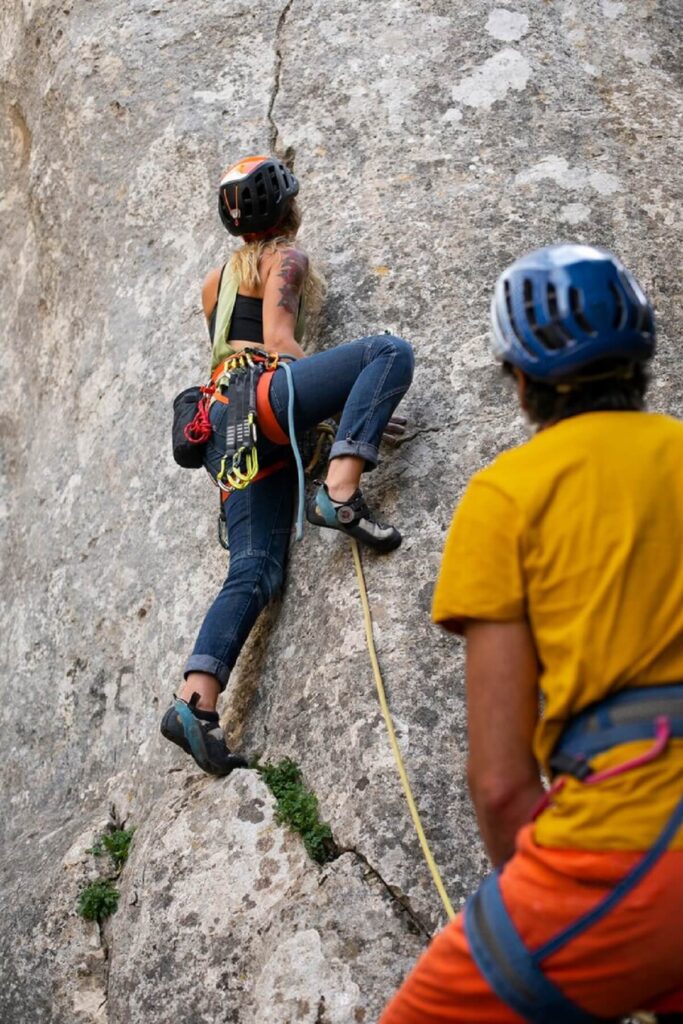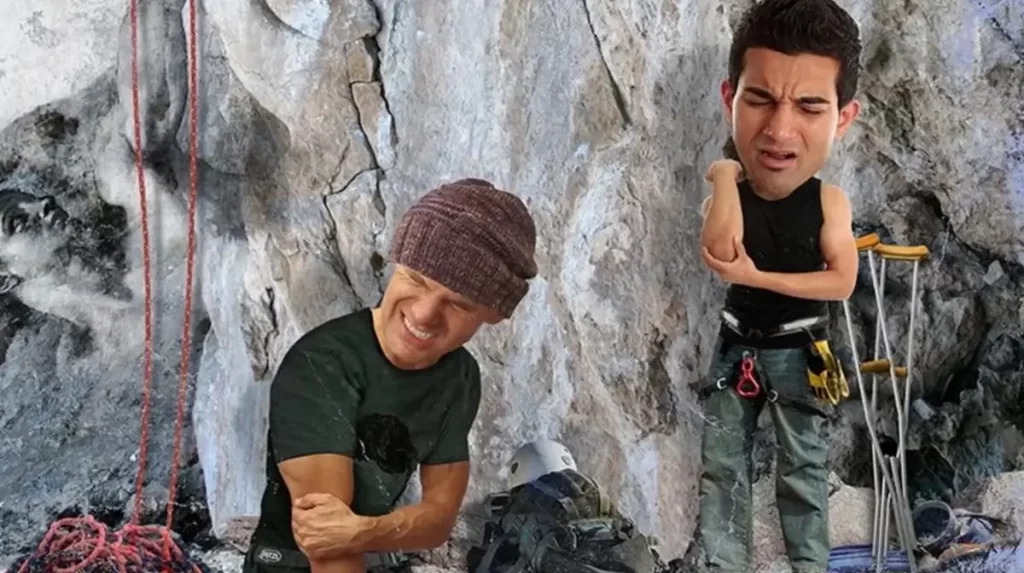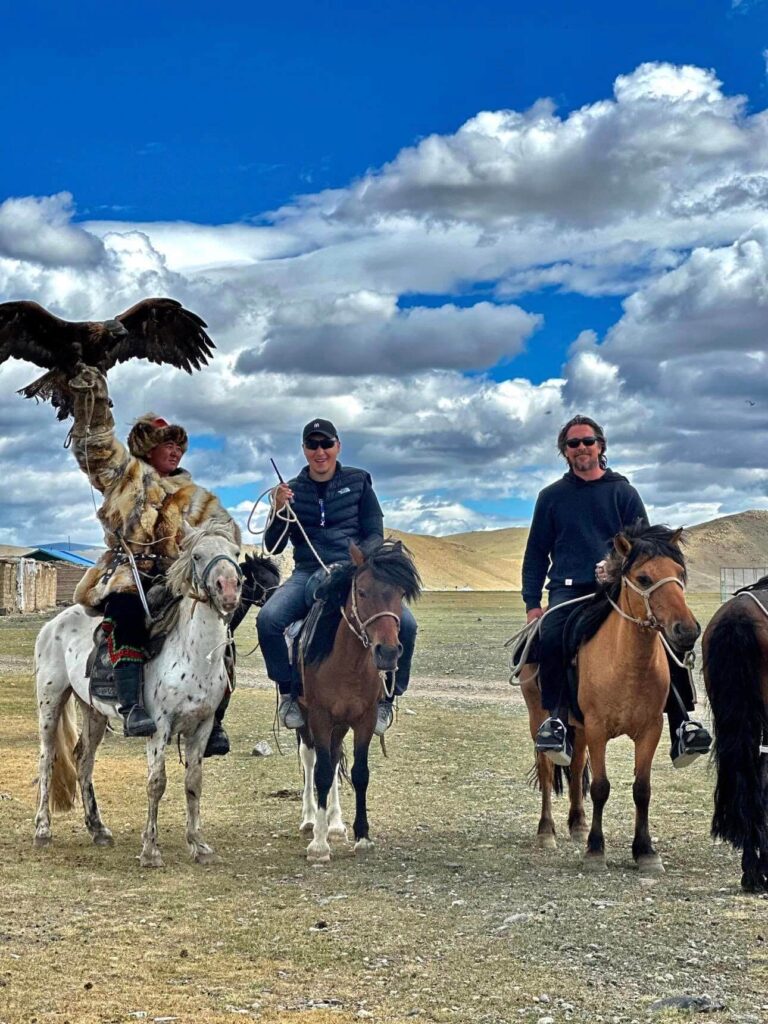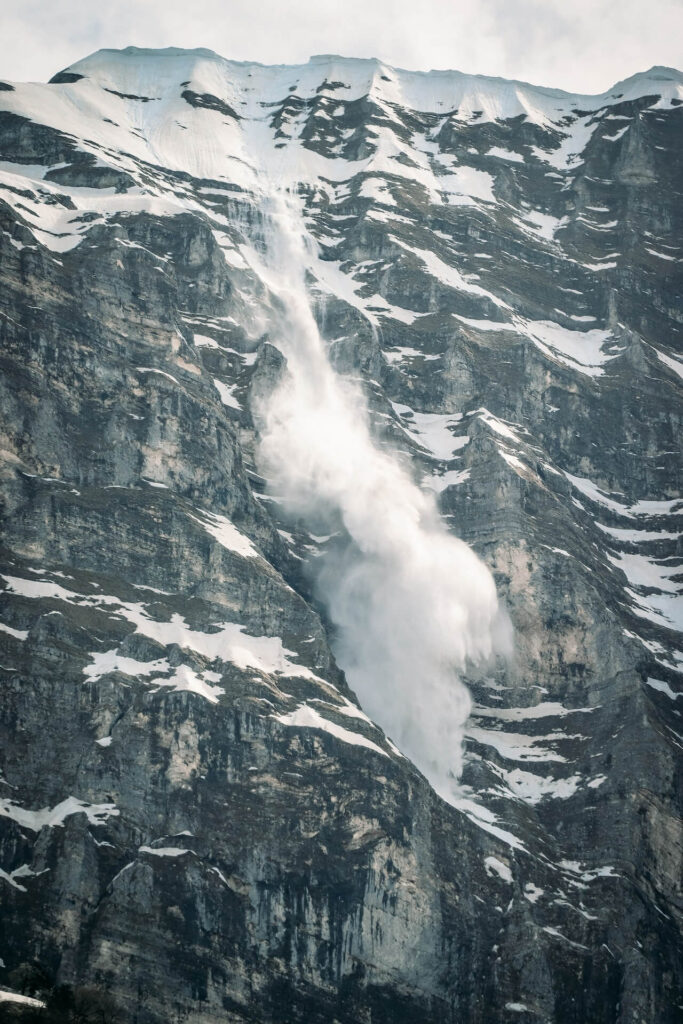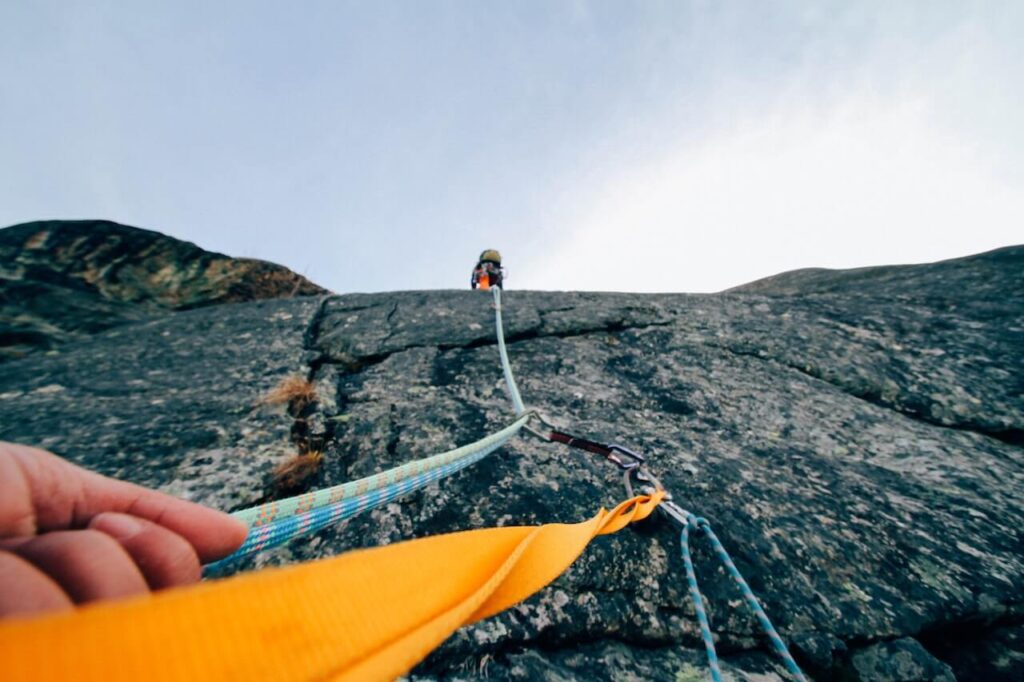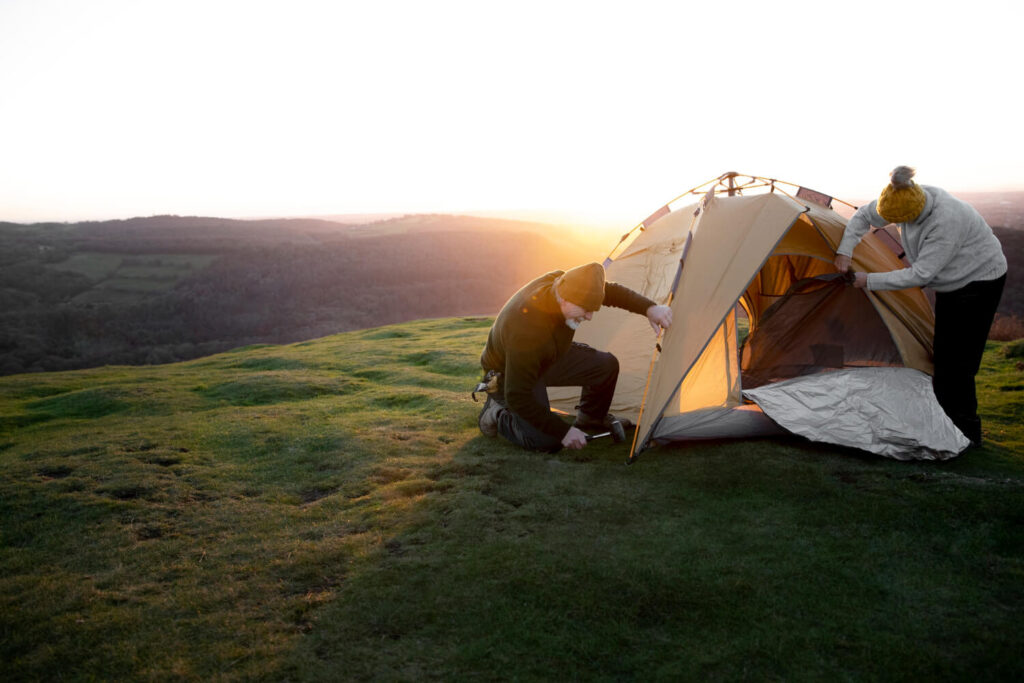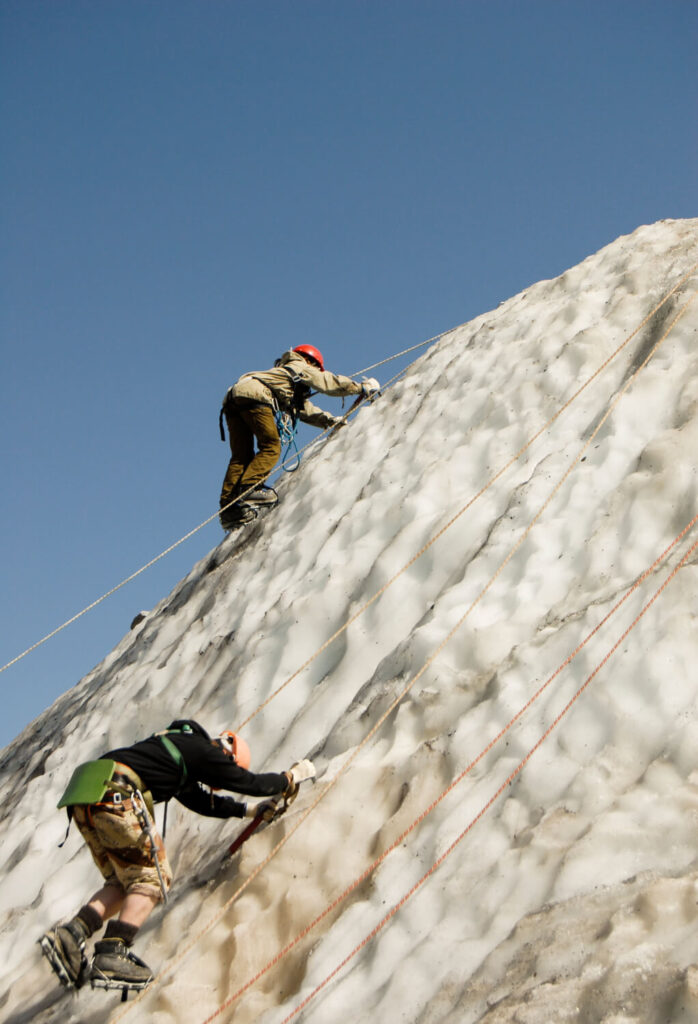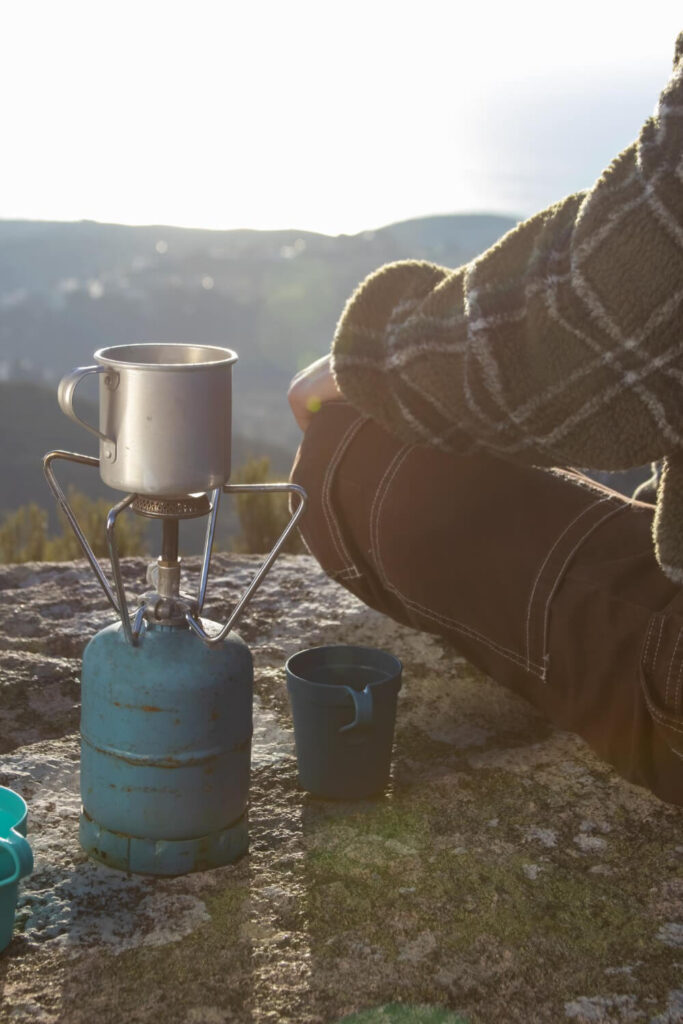Clipping bolts, at first glance, may appear to be one of the simplest aspects of sport climbing. However, in reality, this seemingly straightforward action often becomes the most challenging part for many climbers. So here are Lead Climbing Clipping Techniques & Tips for you to learn more about mountaineering.
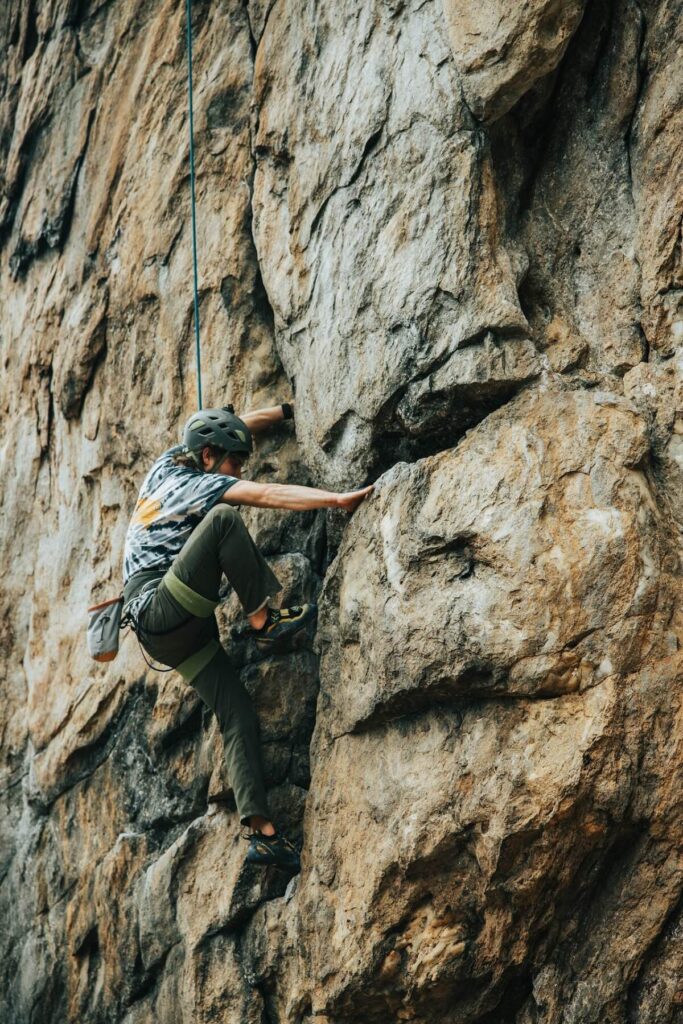
Not only does clipping demand your complete technical attention to ensure a safe ascent, but it also requires efficient technique to conserve energy and maintain focus on the climb itself. Consequently, mastering the art of clipping can reduce the likelihood of fatigue, falling during a red point attempt, or, worst-case scenario, sustaining an injury.
If you’re venturing into lead climbing, you’re likely familiar with the use of quickdraws to connect your rope to protection while leading a climb. Clipping quickdraws involves two steps:
- Attach the quickdraw to the bolt hanger.
- Fasten the rope to the quickdraw.
The ability to execute these steps swiftly and effectively not only preserves your energy but also enhances safety by minimizing the time spent exposed to a potential fall from above your last point of protection.
Clipping Technique Tip #1: Stance and Balance
When it comes to lead climbing and clipping techniques, maintaining a proper stance and balance is crucial for efficiency and safety. In order to maintain a steady focus and conserve energy, it’s crucial to resist the urge to clip right away. Often, our attachment to the longing for a sense of safety leads us to clip at the least opportune moments, needlessly wasting energy and adding stress to our minds.
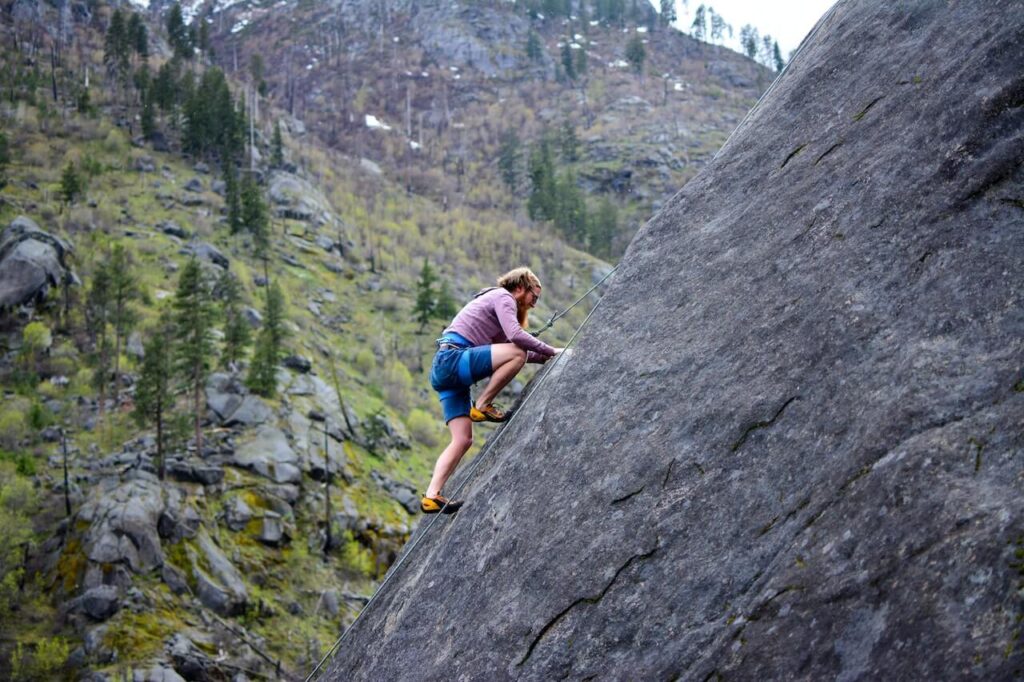
While it may be tempting to reach way above you and immediately clip in as soon as you spot a bolt, this position rarely proves to be the best or most efficient spot. In fact, it often distracts you from utilizing the far superior holds that could be available to you. In most cases, bolts are strategically placed near the optimal holds for clipping, rather than being situated far below.
Use Three Points of Contact:
As you prepare to clip, try to maintain at least three points of contact with the climbing surface. This could include both hands and one foot or both feet and one hand. This helps distribute your weight and enhances stability. A strong core is essential for maintaining balance while clipping. Engage your abdominal muscles and keep your body upright to avoid unnecessary strain on your arms and improve stability.
Choose the Right Clipping Position
Instead of rushing to clip in, take the time to scan your surroundings as you move to ensure you find yourself in the best position. By pausing momentarily to identify the best options and achieve a solid stance, you’ll be able to secure yourself to the bolt without depleting excessive energy that you’ll need to complete the rest of the climb.
Sometimes, this might require making one or two additional moves beyond your initial inclination. More often than not, you’ll find it beneficial. Take deep, controlled breaths as you approach the clipping point. This helps to calm your mind, maintain focus, and avoid rushed movements that can compromise your balance.
Extend Your Arm Fully
When clipping, strive to maintain a straight arm position rather than a bent one. When we feel scared or desperate, we often tense up, grip too tightly, and exert unnecessary force. In the ideal clipping position, your body should feel relatively stable, and your arms should be extended, allowing your major muscles to relax momentarily.
Try to keep your movements precise and controlled while clipping. Excessive swinging or unnecessary body movements can throw off your balance and make it more challenging to clip efficiently. As you transfer your weight from one foot to the other during the clipping process, maintain a smooth weight shift to avoid sudden shifts that can disrupt your balance. Keep your body centered and aligned with the climbing route.
Lead Climbing Clipping Techniques Tip #2: Hand Techniques
Developing speed and efficiency in clipping the rope to a quickdraw can significantly conserve energy throughout a climb and ensure adequate protection against falls. There are several techniques available for clipping the rope, and we outlined two popular methods below.
Pinch Clip/ Forehand Clipping
To begin, locate your tie-in knot at your harness and slide your hand down the rope to grasp a suitable length. As you lift the rope towards the quickdraw, allow it to run smoothly over your pointer finger.

Use your thumb to stabilize the carabiner by placing it on the spine of the rope-end carabiner. With the rope and your pointer finger, push them into and through the gate of the carabiner to effectively clip the rope.
Snap Clip / Backhand Clipping
To initiate the clipping process, locate your tie-in knot at your harness and slide your hand down the rope to secure a suitable length. As you lift the rope towards the quickdraw, firmly grasp the rope between your thumb and forefinger.
Utilize your middle finger to hook it into the rope-end carabiner, providing stability for the carabiner. By employing your thumb and forefinger, push the rope through the gate of the carabiner.
The technique you choose, whether it be the pinch or snap technique, largely depends on the orientation of the rope-end carabiner and the hand you are using to clip.

